According to the United States Department of Agriculture (USDA), termites are responsible for $40 billion in damage across the globe annually and destroy around 60,000 residential properties in the United States each year.
Termite infestation, if overlooked, can bring severe consequences. Identifying termite infestation at early stages is therefore crucial. This piece of content highlights the eight residential termite infestation signs that you have to keep an eye out for.
White ant-like insects
People usually overlook ants at home, but they hardly know that ants and termites have similar bodies. Next time when you notice white ant-like insects pay close attention as they could be termites. Both termites and ants are similar in size. Termites and ants have different growth phases, and it is during the alate (winged) phase of growth, both the ants and termites look alike. So, if the alate phase for both the species co-occurs, you most likely would need termite specialists to tell them apart.
Damaged Timber
If you notice that the skirting boards, the wooden walls, or window frames to be weak, it could be because of termite infestation. Run your hand over the surface of the wooden installations and if it seems uneven, you can suspect termites. Tapping your walls with hands or strong objects and if you hear a hollow sound, the properties are most likely infected by termites.
Moldy or musty Odor
Termites and mold growth go hand in hand. Termites create moisture when eating wood, and both mold and termites favor dark and damp conditions. So, in the act, termites spread mold across your house, and as both species thrive, you will start sensing a strong, musty order across your home.
Discarded wings
Once two to three years of age, termite colonies start to produce flying termites or termite swarmers. The mission of the swarmers is to create new colonies, most likely around your neighborhood. The flying termites mate with other termites to reproduce and shed their wings to build a new colony. So if you notice discarded wings or flying termites, be knowledgeable that a termite colony creation is underway.
Mud tunnels
Termites thrive in subterranean areas and rely on tunnels to transport food. These tunnels are usually made from mud-like materials, straw-sized, and widespread from the colonies to other locations. These tunnels are also a means of additional protection and retain moisture essential for termite survival.
Clicking noises within the walls
Place your ears close to a wooden wall suspected of termite infestation, and you could hear the worker termites at work eating the wood. The soldier termites are also known to make headbanging noises to alert the colony against danger. Keep an ear out for the clicking and headbanging noises in the walls while inspecting for termites.
Stuck windows & doors
Sticking windows and doors are common in summer; however, if your windows and doors seem stuck even in winter, it could indicate a termite infestation. Termites introduce moisture to soften the wood before eating. As moisture is introduced and material is consumed from the inside, wood tends to shift or warp, and this makes the window frames or doors stiff and difficult to open or close.
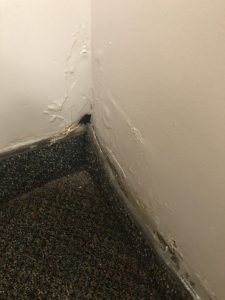
Hollow walls
Termites can eat away a large chunk of your wooden wall, and it still might look strong from the outset. People usually tend to find termite-infested walls accidentally while the vacuum in action or an object falling onto the walls makes a considerable dent or hole in it.
Termite infestations are well distributed and spread quickly; as they tend to spread in crawl spaces, you need industry-grade equipment and machinery to eliminate termites. It is vital to hire a termite extermination specialist to inspect your house regularly. Keep an eye out for the above-listed signs of termite infestation and make it a point to contact a professional termite removal service to address the concern professionally.

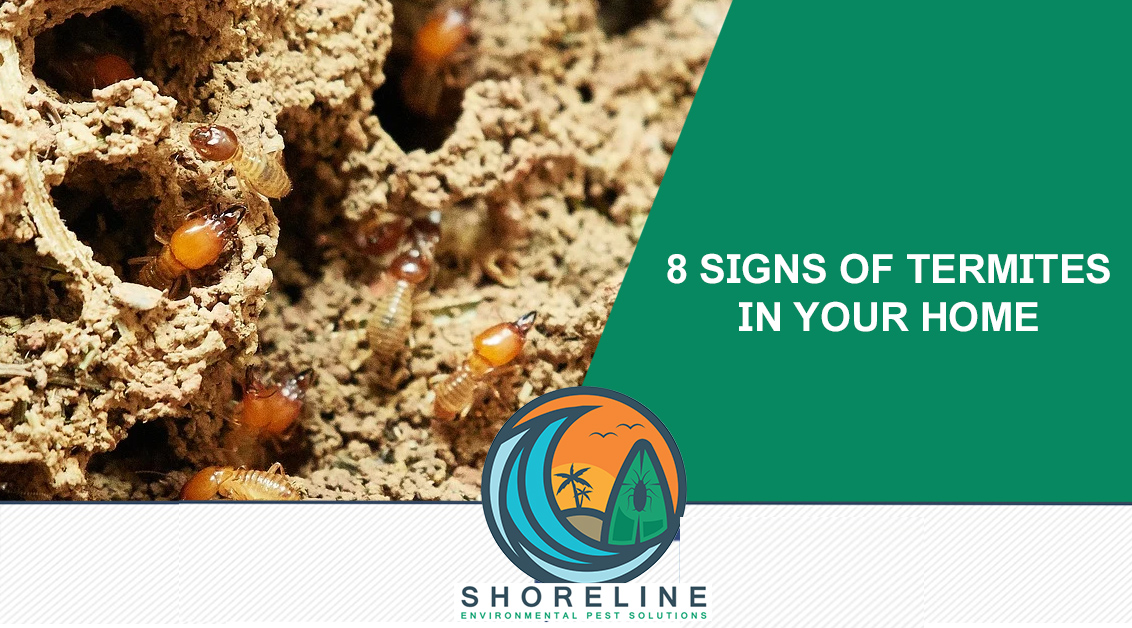
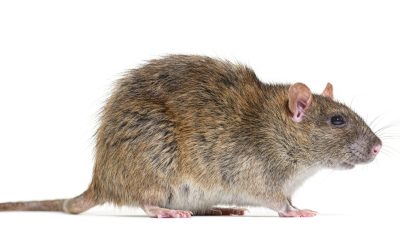
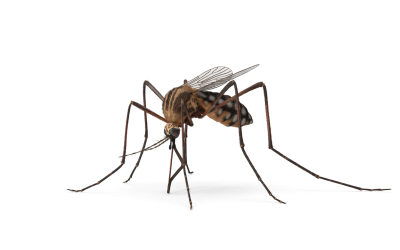
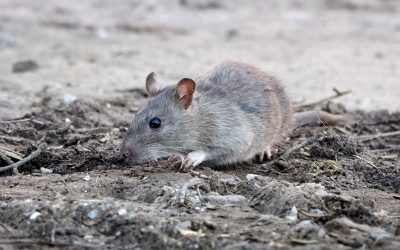
0 Comments